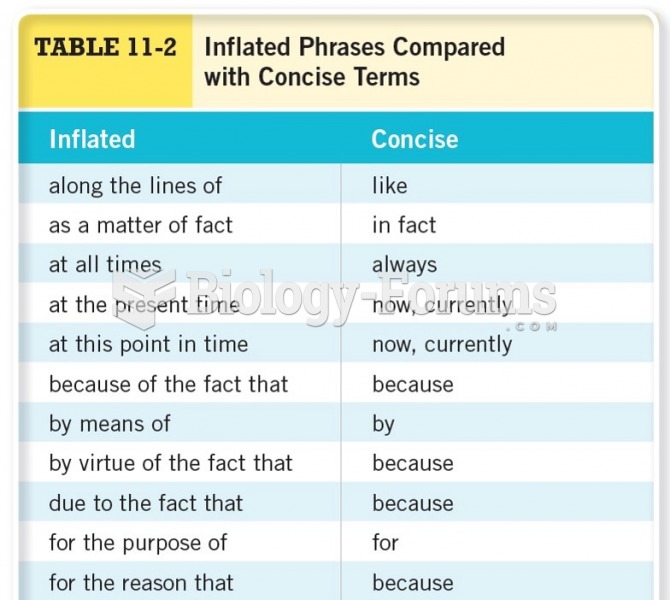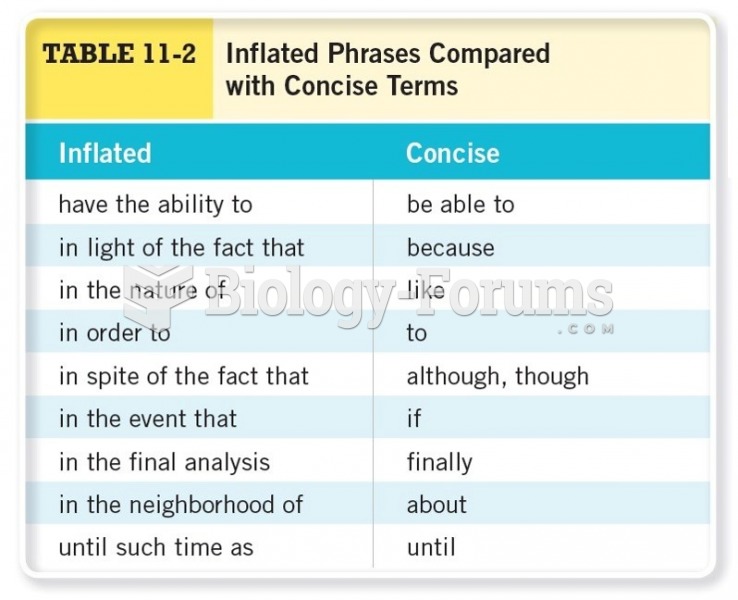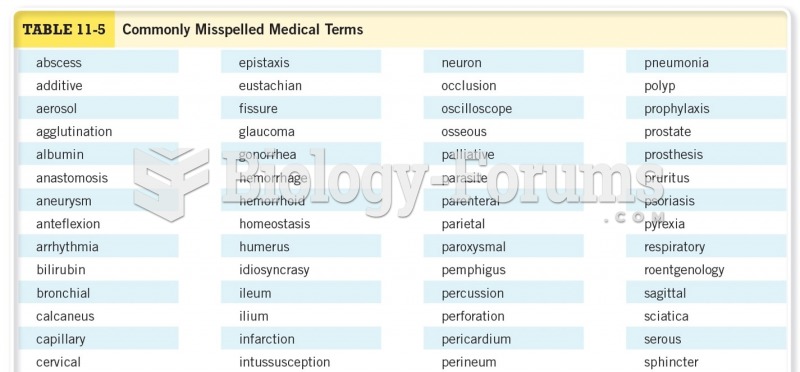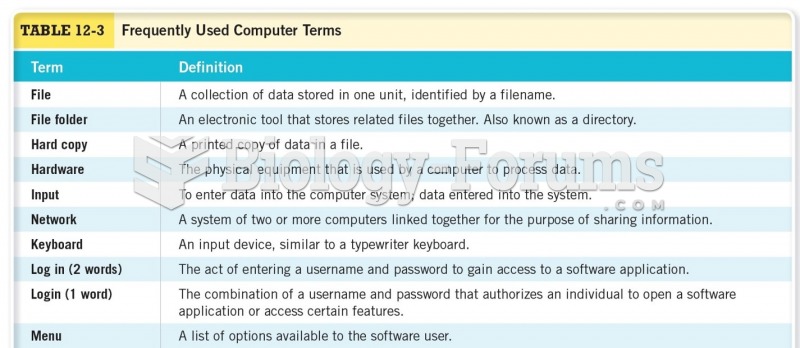Answer to Question 1
International terms of sale are covered by International Commercial Terms (Incoterms). International transactions often present greater challenges, and parties to the transaction must understand how these terms of sale can impact transportation decision making. Even a relatively straightforward international transaction involves long distances, multiple modes of transportation and logistics intermediaries, duties and tariffs, government inspections, and significant opportunity for damage or delay. Thus, transportation managers must be extremely concerned about when and where the title to the goods will change hands.
Incoterms facilitate efficient freight flows between countries. As described by the International Chamber of Commerce, Incoterms are international rules that are accepted by governments, legal authorities, and practitioners worldwide for the interpretation of the most commonly used terms in international trade. They address matters relating to the rights and obligations of the parties to the contract of sale with respect to the delivery of goods sold. These terms of sale decisions help to clarify the following questions:
Who will be responsible for control and care of the goods while in transit?
Who will be responsible for carrier selection, transfers, and related product flow issues?
Who will bear various costs freight, insurance, taxes, duties, and forwarding fees?
Who will handle documentation, problem resolution, and other related issues?
The most recent update, known as Incoterms 2010, is an effort to simplify these trade terms. The number of Incoterms options has been reduced from 13 to 11, seven of which apply to all modes of transportation and four of which apply only to water transportation. Among other changes, Incoterms 2010 have been clarified so that they can apply to both international and domestic freight.
Taking control of freight through Incoterms allows organizations to leverage their purchasing power with specific carriers to achieve lower rates, coordinate inbound and outbound flows, and consolidate freight to achieve greater efficiencies. Other potential benefits include the ability to manage risk, achieve greater freight visibility, and ensure available equipment capacity.
Answer to Question 2
T







